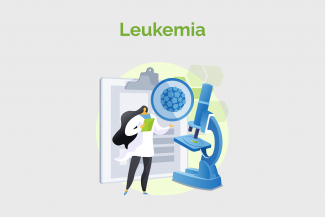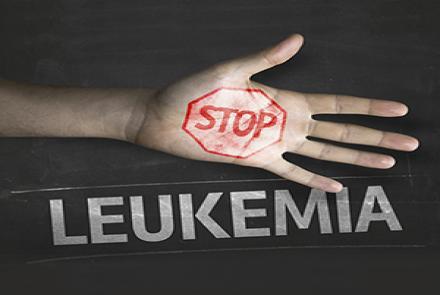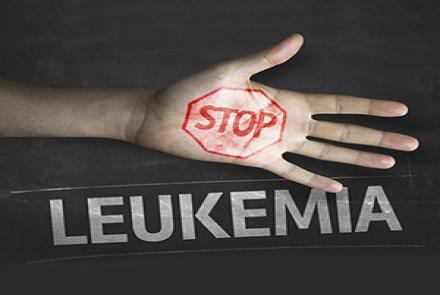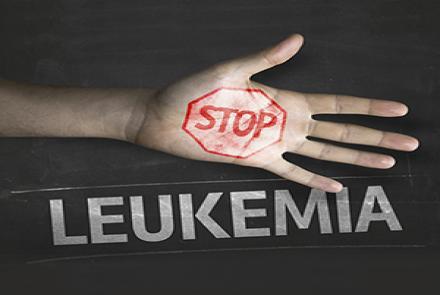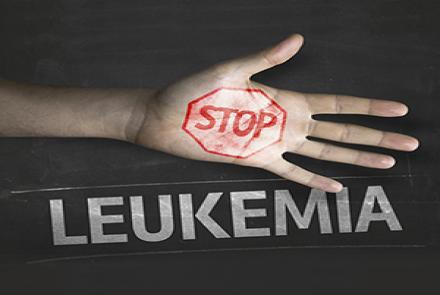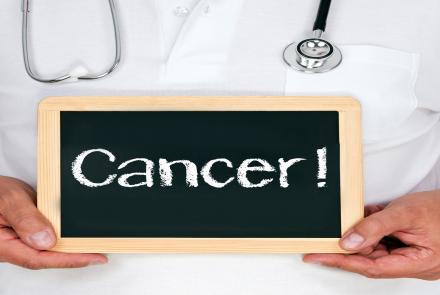Leukemia is the most common cancer in children and teens, accounting for almost 1 out of 3 cancers. Overall, however, childhood leukemia is a rare disease. About 3 out of 4 leukemias among children and teens are acute lymphocytic leukemia (ALL). Most of the remaining cases are acute myelogenous leukemia (AML). The 5-year survival rate for children with AML has also increased over time, and is now in the range of 60% to 70%.
The word leukemia is derived from the Greek leukos which means "white" and aima which means "blood”. Thus leukemia is used to describe the abnormal increase in the WBCs or leukocytes.
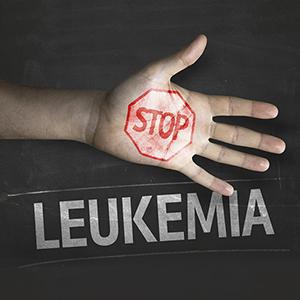
During the treatment of leukemia, it is important to manage the side effects of the treatment and maintain a healthy lifestyle to the extent possible. Read tips on how to manage the various aspects of a healthy and balanced diet, ensure enough nutrition, regular exercise to ensure oxygen supply to cells.
If the treatment includes Chemotherapy, there will be certain side effects. Here are some tips on managing the side effects of Chemotherapy.
Join a support group that you can speak with. Understand as much as you can and maintain a stress free environment.
Your support team: Whom to consult?
Your health care team may include:
- Oncologist
- Psychologist
- Pediatric Care Specialist
- Nutritionist
Changed
31/Aug/2017
Community
Condition

